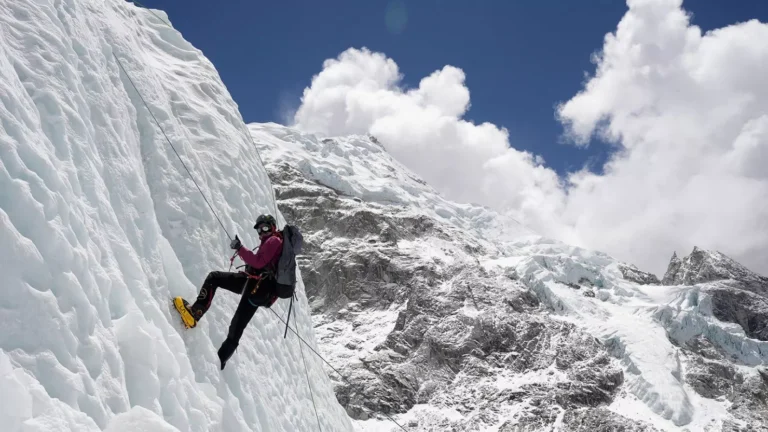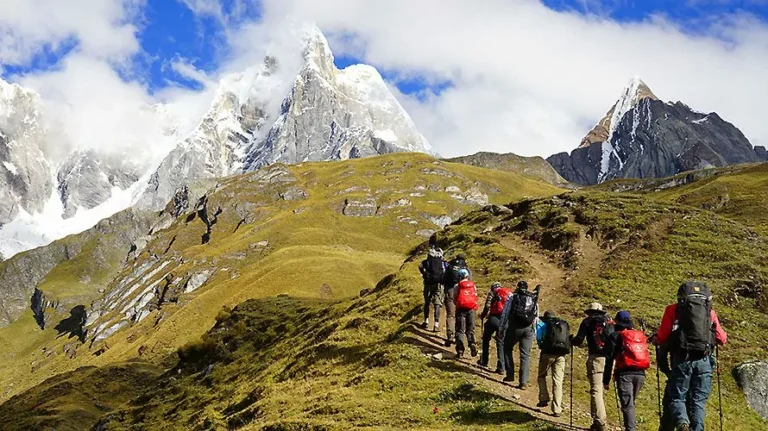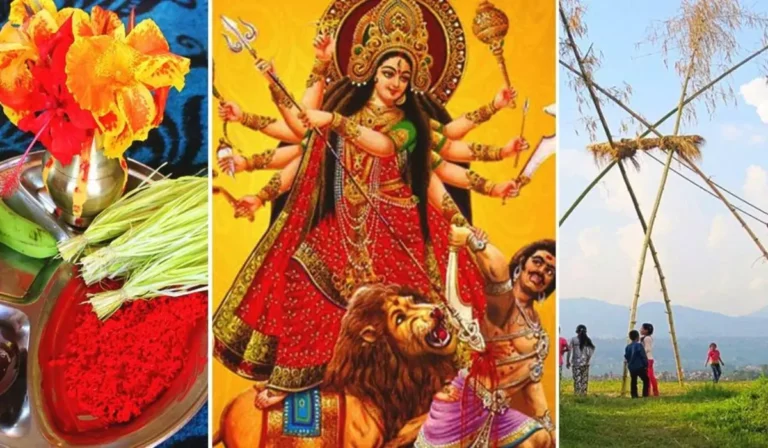- PUBLISHED
How Hard is it to Climb Mount Everest
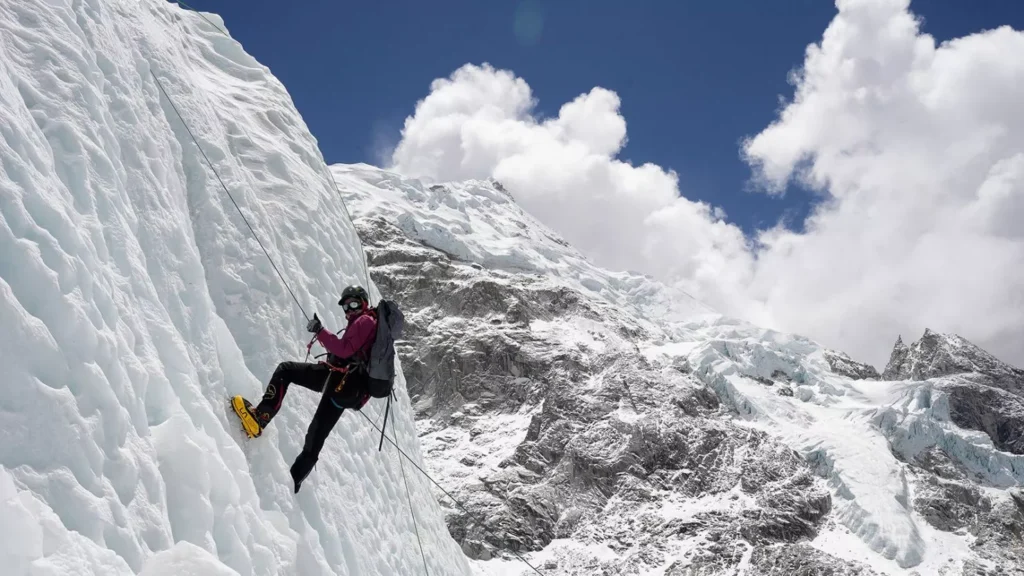
Mount Everest, standing tall at 29,032 feet (8,849 meters), is more than just the highest peak in the world; it’s the ultimate adventure for anyone passionate about exploration, challenge, and breathtaking views. But the question every aspiring climber asks is: “how hard is climbing Mt Everest?”
At BeThere, we help adventurers navigate the complexities of the Himalayas safely and confidently. Climbing Everest isn’t just about putting one foot in front of the other—it’s a journey that tests physical endurance, mental resilience, technical skill, and careful planning. Let’s break down what makes Everest so challenging and how you can prepare for the adventure of a lifetime.
What Makes the Everest Climb So Hard?
Climbing Everest is a combination of natural challenges, physical demands, and logistical hurdles. Here’s why it’s considered one of the toughest climbs on the planet:
- Extreme altitude: Thin air makes breathing harder and the risk of altitude sickness very real.
- Harsh weather: Temperatures can drop below -40°F (-40°C), with high winds and sudden storms.
- Technical terrain: Icefalls, ladders, and steep rock faces require experience and focus.
- Mental toughness: Long days, isolation, and constant risk test psychological strength.
- Logistical complexity: Permits, guiding services, gear, and high costs all require careful planning.
Every factor demands preparation, strategy, and respect for the mountain. For those curious about the Famous Mountains of Nepal, Everest is undoubtedly the crown jewel.
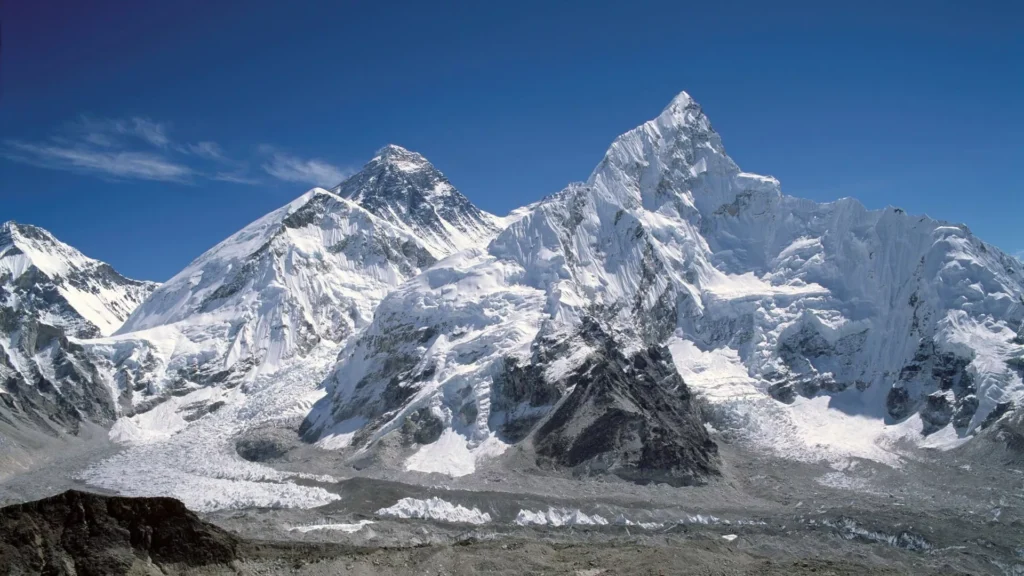
Physical Challenges of Climbing Everest
Extreme Altitude and Oxygen Deprivation
Above 26,000 feet, you enter the infamous “death zone”, where oxygen is limited and every step feels like a monumental effort. Climbers face acute mountain sickness (AMS) with symptoms like headaches, dizziness, and nausea. Severe cases like high-altitude pulmonary edema (HAPE) or high-altitude cerebral edema (HACE) can be fatal.
Most climbers use supplemental oxygen to make the ascent manageable. Even so, careful acclimatization is essential. At BeThere, our guides ensure climbers take the necessary steps to adapt safely to high altitudes, so you can focus on the journey instead of struggling to breathe.
Harsh Weather Conditions
Everest’s weather is notoriously unpredictable. Spring (April-May) is considered the optimal climbing season, while autumn climbs are riskier due to strong winds and lower temperatures. Unexpected storms can trap climbers for days, so flexibility and real-time monitoring are critical.
With BeThere’s local expertise, climbers get accurate weather insights and contingency plans, keeping safety at the forefront. For Tips for Mountain Climbing, our experts provide practical advice on weather preparedness and safety measures
Physical Fitness Requirements
Climbing Everest demands peak physical conditioning. You’ll need:
- Cardiovascular endurance for long days in thin air
- Strength in legs and core to handle climbing and carrying gear
- Stamina to push through fatigue, cold, and unpredictable conditions
Training isn’t optional, it’s a necessity. Many climbers begin months or years in advance, including practice climbs on smaller peaks to build resilience and confidence. This is a critical part of Peaking Climbing in Nepal preparation.
Technical Terrain
The climb involves navigating icefalls, crevasses, steep rock faces, and ladders, which require technical skills and careful attention. Even minor mistakes can have serious consequences, so climbers must be experienced and use proper equipment. BeThere guides ensure you tackle these obstacles safely, while building confidence on challenging terrain.
Mental and Emotional Stamina
Beyond physical challenges, Everest tests your mental resilience. Long hours, isolation, high-stress decision-making, and fear of danger can wear down even seasoned climbers. Staying focused, calm, and motivated is as important as physical strength. BeThere’s expert guides support climbers emotionally, helping you maintain determination and enjoy the journey.
Logistics and Preparation
Permits and Regulations
Everest is heavily regulated. In Nepal, climbing permits cost $11,000–$12,000, while Tibet/China routes have their own strict rules. These regulations ensure safety, proper guidance, and environmental responsibility.
At BeThere, we handle permits and guide selection, so climbers can focus on preparation and training instead of bureaucratic hurdles. Anyone planning Trekking in Nepal will benefit from understanding these rules as part of high-altitude expedition planning.
Cost of Climbing Everest
A Mount Everest expedition is a major investment, typically $30,000–$100,000, covering:
- Permits and fees
- Sherpa support and professional guides
- Gear, tents, and oxygen
- Travel, lodging, and insurance
Training and Practice Climbs
Before Everest, most climbers tackle other high-altitude peaks such as:
- Aconcagua (6,962 m, Argentina)
- Denali (6,190 m, Alaska)
- Cho Oyu (8,188 m, Nepal/Tibet)
These climbs develop strength, acclimatization, and technical skill, preparing adventurers for the extreme conditions of Everest. Knowing how long does it takes to climb Mount Everest helps climbers plan acclimatization, summit pushes, and rest days effectively.
Success Rates and Mortality
Climbing Everest is dangerous. Statistics show:
- Summit success rate: ~50–60%
- Mortality rate: ~1–2%
- Common causes of death: avalanches, falls, exposure, altitude-related illnesses
Even experienced climbers face real risks. At BeThere, our certified local guides prioritize safety, monitor health, and manage logistics to minimize danger while still delivering an authentic Himalayan experience.
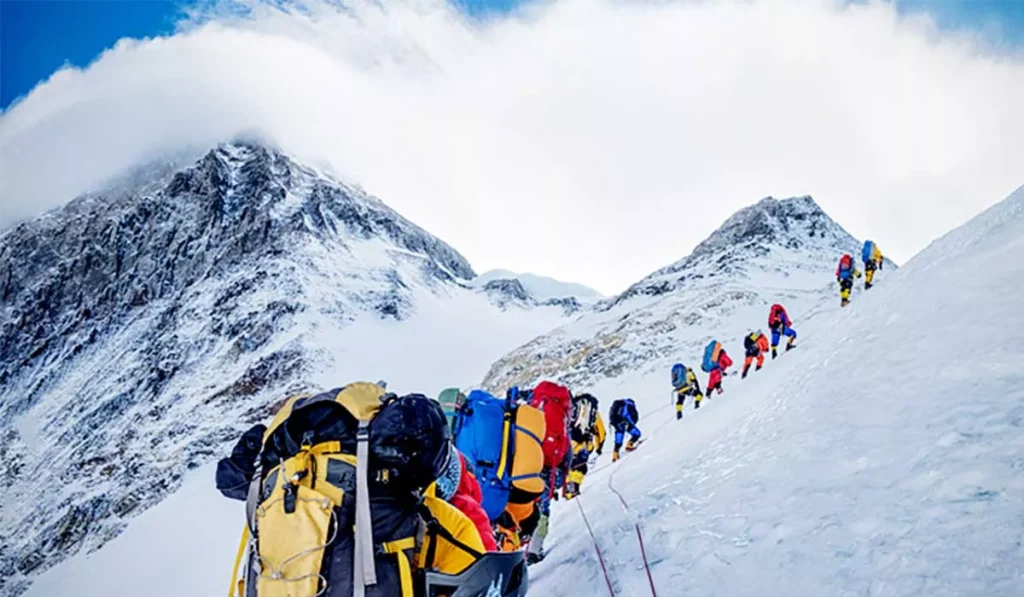
Ready to Take on the Challenge?
If you dream of summiting Everest, preparation is key:
- Train physically – endurance, strength, and high-altitude adaptation
- Build mental resilience – manage fear, fatigue, and isolation
- Plan logistics – permits, guides, insurance, and gear
- Practice climbs – smaller peaks build confidence and experience
- Prioritize health – acclimatization, medical checks, and altitude precautions
The reward? Standing on top of the world, with views, accomplishment, and memories that last a lifetime. If you’re planning a visit, knowing the Best Time to Visit Nepal can help ensure your expedition is safe, enjoyable, and successful.
Conclusion
So, how hard is it to climb Mount Everest? The truth is, it’s one of the most challenging climbs in the world. From extreme altitude to harsh weather and technical terrain, Everest tests every part of a climber. But with dedicated preparation, expert guidance, and respect for the mountain, it’s achievable.
BeThere offers the local knowledge, experienced guides, and personalized support to turn your Everest dream into a reality. Adventure awaits, are you ready to take the first step? Contact Us today to start planning your Himalayan adventure.
Table of Content
FAQs
Can an average person climb Everest?
While Everest is extremely challenging, physically fit and well-prepared climbers with proper training, acclimatization, and guidance from experienced local experts can attempt the climb. Average fitness alone isn’t enough, dedicated preparation and professional support are essential.
Why does it cost $40,000 to climb Mount Everest?
The cost covers permits, professional guides, Sherpa support, equipment, oxygen, travel, lodging, and insurance. High-altitude rescues are expensive, and safety measures add to the overall price, making it a significant but necessary investment.
How many people climb Everest every year?
Approximately 600–800 climbers attempt Everest annually, though numbers fluctuate depending on weather and regulations. Success rates are around 50–60%, highlighting the mountain’s difficulty.
How expensive is it to climb Everest?
On average, a standard expedition costs $30,000–$100,000, depending on the level of support, equipment, and route chosen. Luxury or fully-guided expeditions can cost even more.
How much does oxygen cost for Everest?
Supplemental oxygen costs roughly $500–$1,000 per climber, depending on the number of bottles and flow rates used during the ascent. Oxygen is critical above 26,000 feet for safety and performance.
What is the best age to climb Everest?
There’s no strict age limit, but climbers are typically 18–60 years old. The youngest successful climber was 13, and the oldest was 80, but physical fitness, experience, and health are far more important than age alone.
How many Sherpas have died on Everest?
Over 300 Sherpas have lost their lives on Everest over the years. Sherpas play a crucial role in guiding, carrying loads, and fixing ropes, often facing the most dangerous parts of the climb.
What happens if you run out of oxygen on Everest?
Running out of oxygen above 26,000 feet can lead to severe hypoxia, confusion, exhaustion, or death. Climbers are trained to manage oxygen supplies carefully and rely on guides and Sherpas for emergencies.
Why do you have to pay to climb Everest?
Payment is required to cover government permits, environmental fees, rescue readiness, and regulation of climbers to ensure safety and protect the fragile Himalayan ecosystem.
What is the best season for a Mount Everest expedition?
Spring (April–May) is the most popular and safest season, with calmer winds and relatively mild temperatures. Autumn (September–October) is less crowded but presents harsher weather, while winter and monsoon seasons are generally not recommended.
Need help choosing a trail?
Connect with a local and plan your perfect trek.

